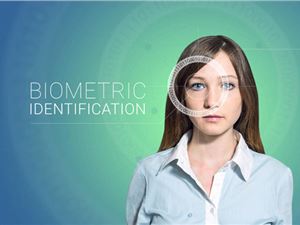In the rapid advancement of artificial intelligence, the ability to understand long-form context and perform Retrieval-Augmented Generation (RAG) has become crucial. Nvidia AI's latest research, the ChatQA2 model, is specifically designed to address this challenge. Building on the robust Llama3 model, ChatQA2 has made significant strides in handling extensive text inputs and providing precise, efficient responses.
Performance Breakthrough: ChatQA2 has significantly enhanced its instruction following capability, RAG performance, and long-form text understanding by expanding the context window to 128K tokens and employing a three-stage instruction tuning process. This technological breakthrough allows the model to maintain contextual coherence and high recall when processing datasets as large as 1 billion tokens.
Technical Details: The development of ChatQA2 follows a thorough and reproducible technical approach. The model initially expands the context window of Llama3-70B from 8K to 128K tokens through continuous pre-training. Subsequently, a three-stage instruction tuning process is applied to ensure the model can effectively handle various tasks.
Evaluation Results: In the InfiniteBench evaluation, ChatQA2 achieved comparable accuracy to GPT-4-Turbo-2024-0409 in tasks such as long-form summarization, question-answering, multiple-choice, and dialogue, and outperformed it in RAG benchmarks. This result underscores ChatQA2's comprehensive capabilities across different context lengths and functionalities.

Addressing Key Issues: ChatQA2 tackles critical issues in the RAG process, such as context fragmentation and low recall, by employing state-of-the-art long-form text retrievers to enhance retrieval accuracy and efficiency.
By expanding the context window and implementing a three-stage instruction tuning process, ChatQA2 achieves long-form text understanding and RAG performance comparable to GPT-4-Turbo. This model provides flexible solutions for various downstream tasks, balancing accuracy and efficiency through advanced long-form text and retrieval-augmented generation techniques.
Paper Link: https://arxiv.org/abs/2407.14482









